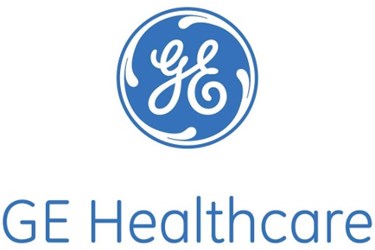GE Healthcare CEO Upbeat On Emerging Markets, Prudent On Acquisitions
By Jof Enriquez,
Follow me on Twitter @jofenriq

GE Healthcare president and CEO John Flannery says that a focus on margins and emerging markets — rather than costly acquisitions — will be key growth drivers for his business unit going forward, following GE’s recent restructuring.
Over the last two months, GE has sold its home loan portfolio business to Kensington Mortgage Co. Ltd. for $3.7 billion, and its healthcare financial services to Capital One Financial Corp. for $8.5 billion, according to reports from Reuters. These transactions raise the total value of financial assets sold by GE since its April restructuring to more than $90 billion.
Despite the sale of those assets, Flannery told analysts during a conference call that GE is holding onto its $18 billion healthcare unit, which represents about 16% of GE’s total revenues.
“We’ve been black and white with healthcare, all aspects of healthcare are part of our portfolio,” said Flannery, according to a Seeking Alpha transcript. “We intend to keep it that way at the overall GE story.”
In order to drive future growth, Flannery said an extreme focus on margins and emerging markets are critical.
Flannery said GE wants to replicate company-wide the success its ultrasound business has achieved in maintaining healthy margins. The business kept product costs down by much as 20 percent, effectively softening the effect of 15-percent price pressure in its segment in the last five years, and increasing gross profit margin by 800 basis points.
He also cites how better product design was able to reduce expenses, and how GE engineers are working on extending the functionality of tubes in newer CT machines from 18 months to as much as 30 months.
“So when they went through it all they’re like we need $10 million of engineering and the benefit’s like $30 million, $40 million a year in our profit,” he said, according to the transcript.
Flannery expressed optimism on emerging markets, such as India and China, but also smaller markets like Kenya and Myanmar. He said these markets have high demand for value-based medical technology, yet are incapable of fully implementing their healthcare systems. Therein lies the opportunity for GE to make headway against competitors.
“If you stay in the equipment only business, that is a hamster wheel, just trying to stay ahead of the price dynamics,” he said during the call. “If you are in the solution business, it’s actually a much bigger profit pool.”
To that end, GE Healthcare, through a series of partnerships, is packaging its healthcare IT support services and training solutions with its traditional equipment deals to maximize profit. It recently inked a risk-sharing deal with Temple University Health Center, part of the current trend of medical device companies collaborating with hospitals to address cost pressures.
Flannery is also bullish on the prospects of its life science venture, telling analysts that GE is “investing very heavily in this business organically and inorganically.”
In the U.S. market, the company is optimistic that sales of its core medical scanning equipment are set for a rebound as aging CT or MR systems (35 to 40 percent are more than a decade old) get replaced by facilities.
Flannery downplayed the possibility of huge M&A transactions by GE Healthcare in the near term, as prices for target acquisitions are inflated under the continuing wave of medtech consolidation.
“I get bankers coming all the time saying look at what this person bought, that person bought what about — but you got to be super careful,” Flannery told an analyst. “If you are paying 20 times EBITDA for something it might feel good to announce but you got to live that for and rationalize those returns.”
